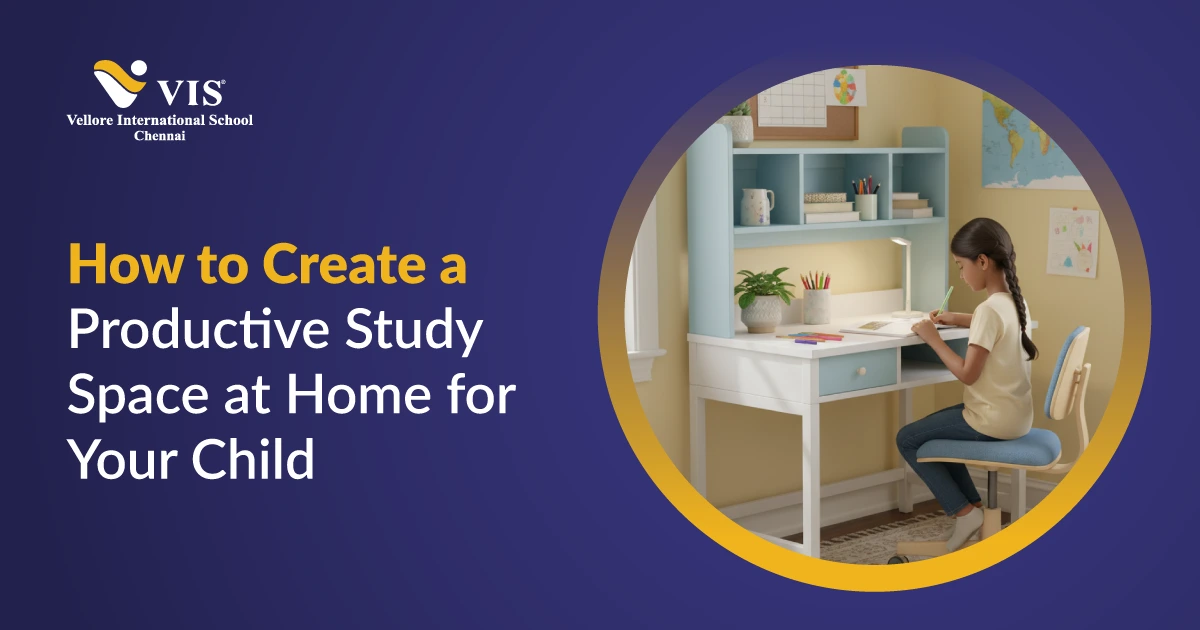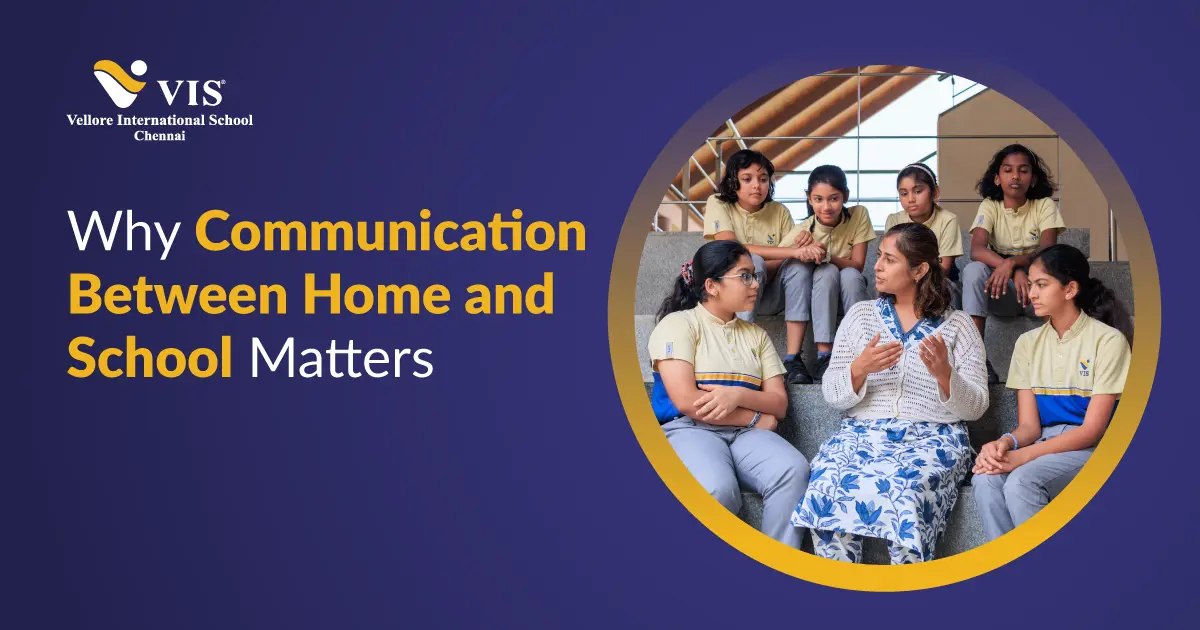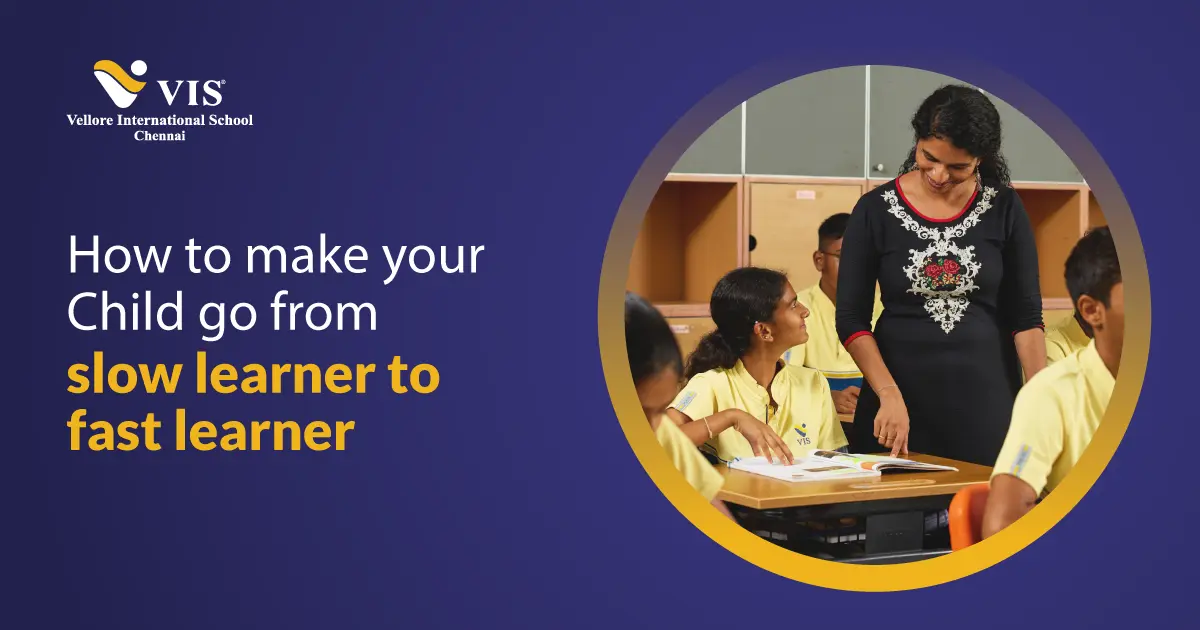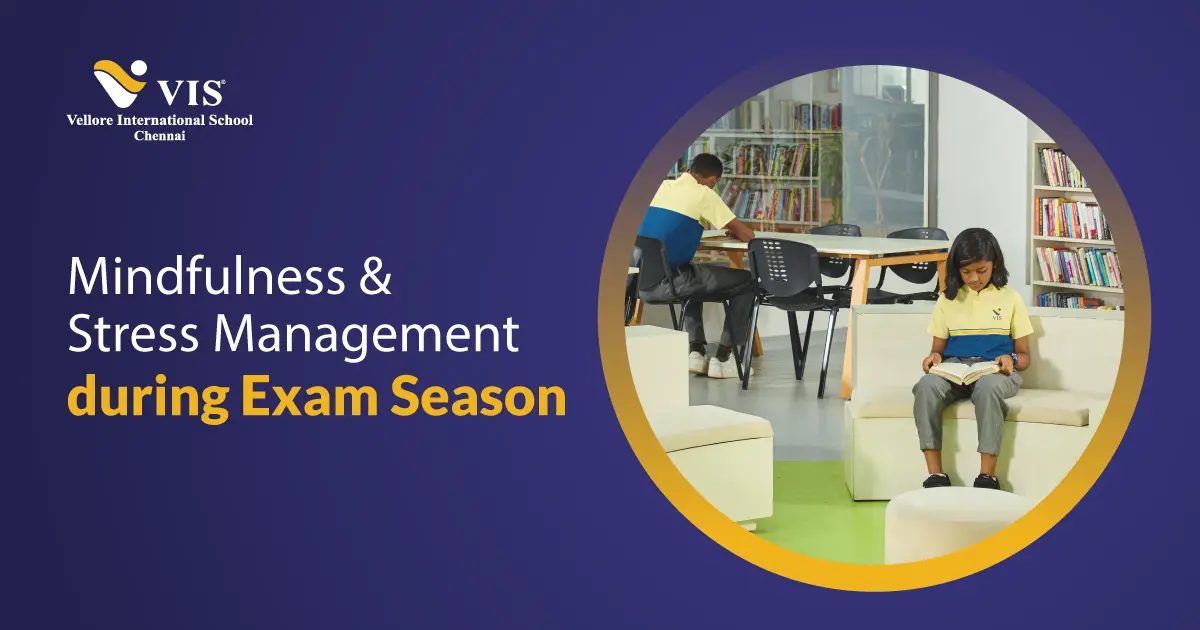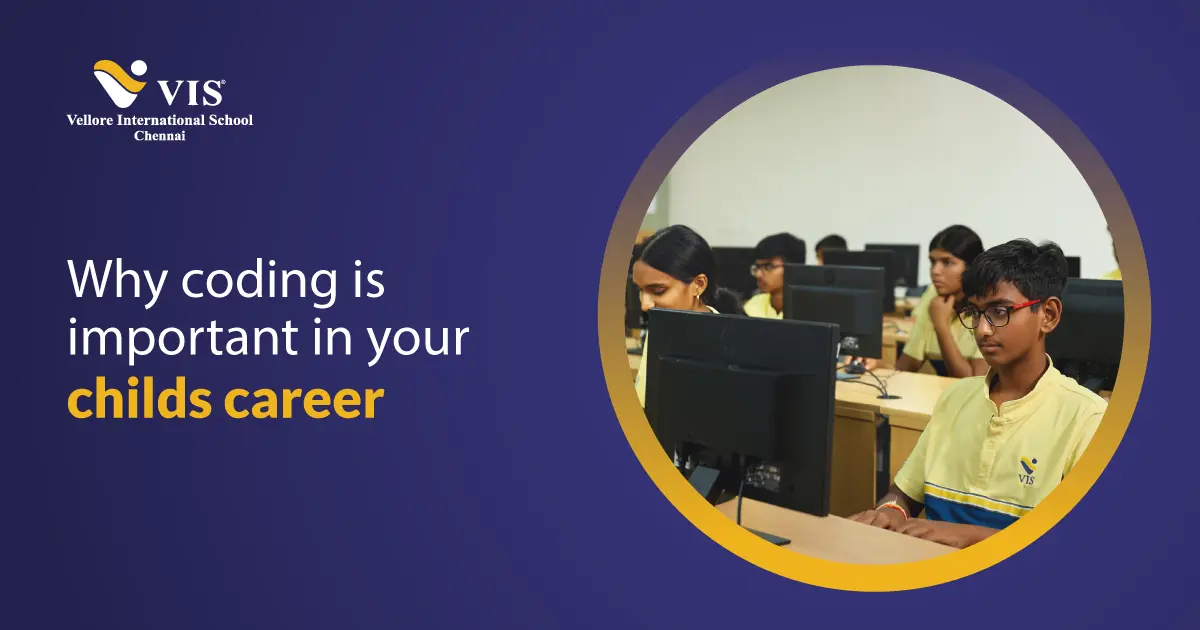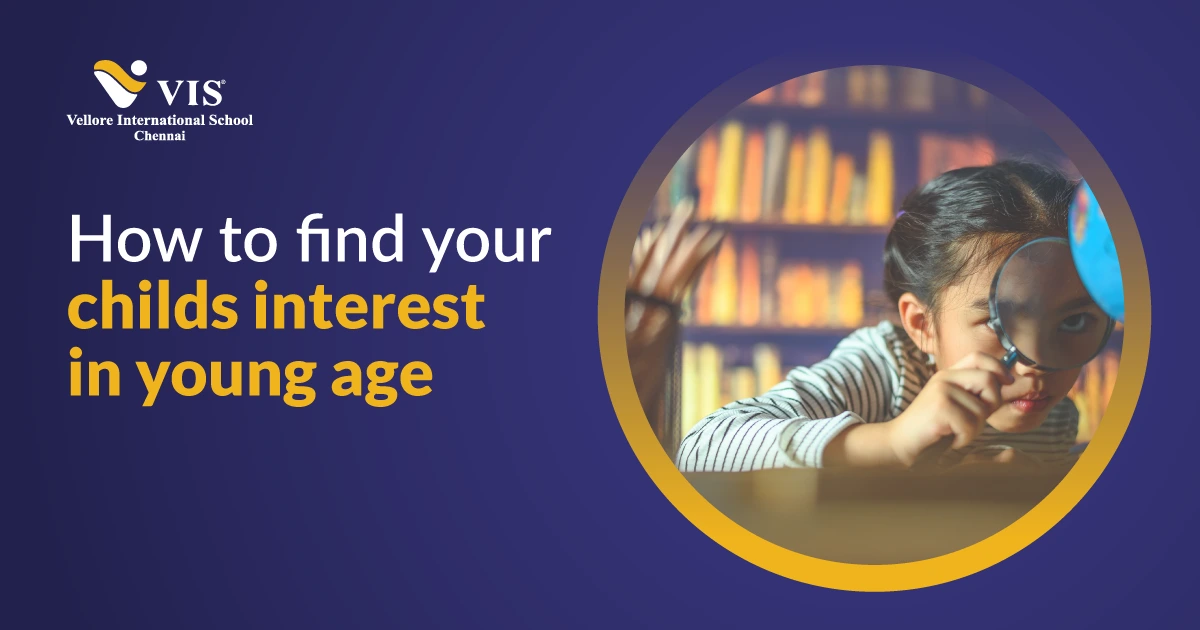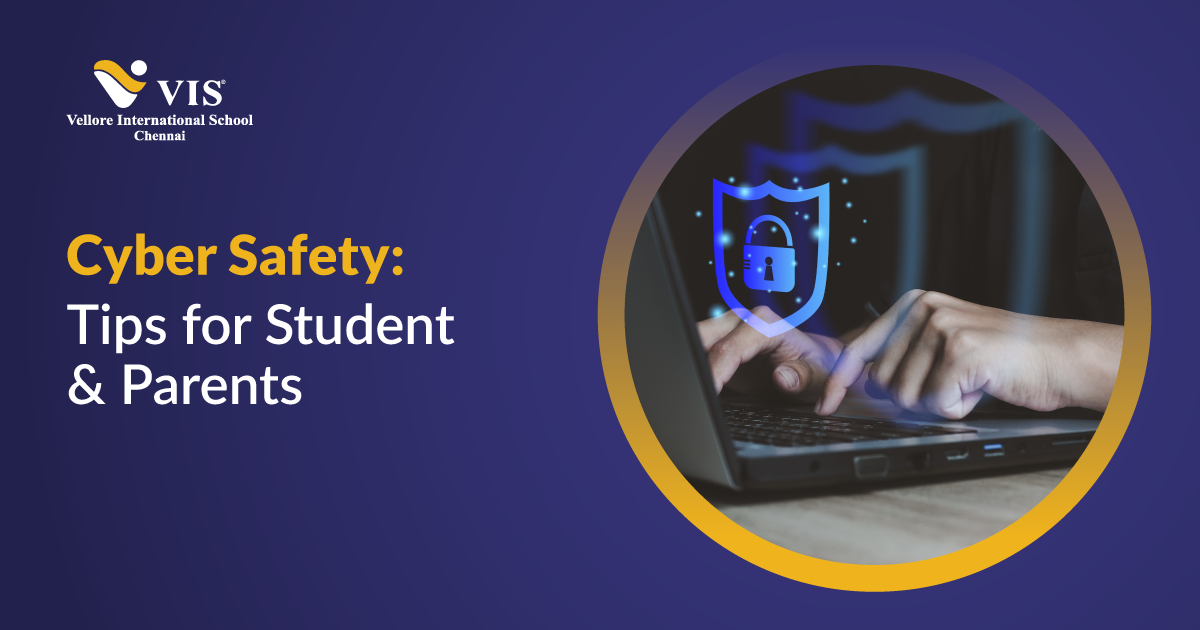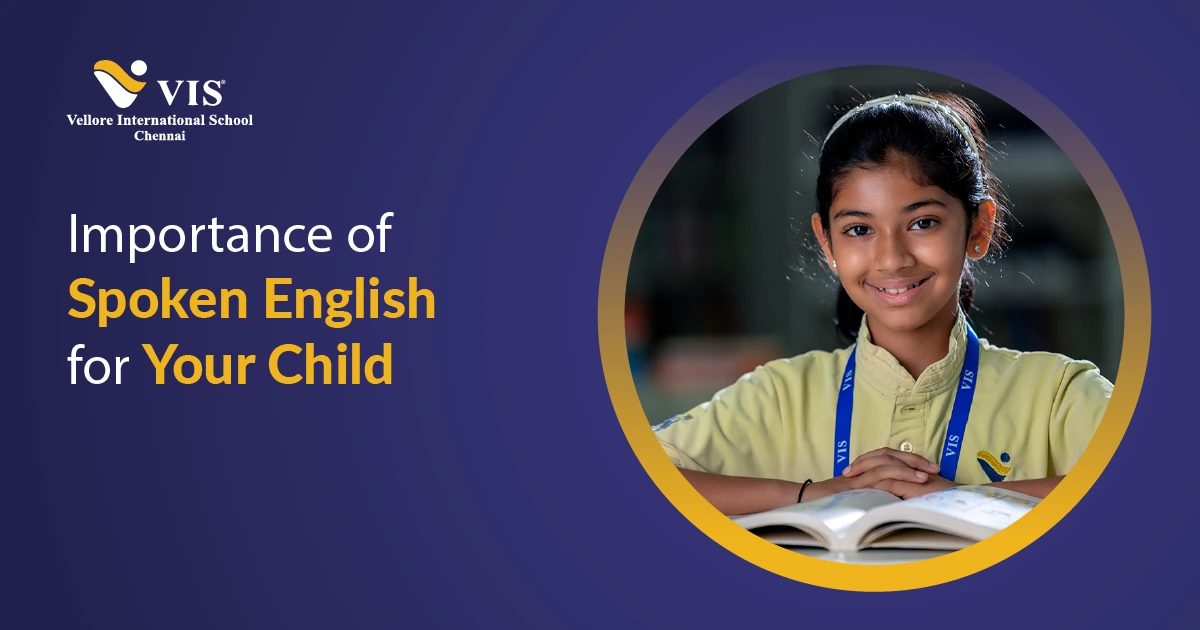What separates successful adults from the rest? It’s not just academic knowledge. It’s the ability to manage money wisely and solve problems creatively with technology. This is why financial literacy for students and understanding the importance of coding for students are becoming non-negotiable life skills.
From managing their pocket money to building apps, students who are equipped with these abilities grow into confident and capable individuals. In this blog, we’ll explore in depth why students should learn coding and financial literacy early.
Understanding Financial Literacy for Students
Financial literacy for students means understanding how money works: earning, saving, spending, investing, and donating. It’s not about learning complex economics but about grasping everyday financial decisions: How to budget? What is interest? Why does saving matter?
Children form habits young. Introducing financial literacy for students during their school years makes them responsible adults later. They learn to set goals, delay gratification, and avoid the traps of impulsive spending. When students understand the real value of money early, they’re better prepared to navigate adulthood with confidence.
Key Concepts Students Should Master
- Budgeting: Learning to plan expenses and savings.
- Saving vs Investing: Understanding short term safety vs. long term growth.
- Good Debt vs Bad Debt: Knowing when borrowing can build assets and when it can destroy stability.
- Digital Transactions & Security: Recognising the pros and risks of online payments, credit cards, and UPI.
Benefits of Financial Literacy for Students
Financial literacy for students is about shaping responsible and confident individuals. When schools invest in teaching these skills early, the benefits extend far beyond the classroom.
1) Smarter Academic & Career Choices
Students who understand the value of money are more likely to evaluate the return on investment of their education. They choose courses, colleges, and career paths strategically, ensuring their decisions align with long-term financial goals.
2) Reduced Financial Stress in College
University life often brings financial responsibilities. With a strong foundation in financial literacy for students, learners can budget, avoid unnecessary debt, and focus on academics without constant money worries.
3) Early Financial Independence
Financially literate students develop saving habits, explore entrepreneurship, or manage part-time income wisely. This helps them achieve independence earlier than their peers, building confidence and resilience.
4) Positive Impact on Families
Students who practice financial responsibility often influence their families, too. They share knowledge, support budgeting efforts, and make collective decisions that improve household stability.
5) Building a Sustainable Financial Future
By nurturing financial literacy for students, schools prepare a generation that values ethical spending, responsible investing, and community well-being. These individuals grow into adults who make sustainable choices, contribute to society, and build stronger economies.
Understanding Coding for Students
Once seen as a niche skill, coding has become a universal language. Whether a student dreams of becoming a doctor, artist, entrepreneur, or engineer, understanding code helps them think logically and innovate faster.
The importance of coding for students lies not just in career opportunities but in shaping analytical and problem solving abilities.
The Importance of Coding for Students
1. Logical Thinking and Problem Solving
One of the biggest advantages of learning to code is the development of structured, logical thinking. Students learn how to break down complex problems into smaller, manageable steps and solve them systematically.
This ability to analyse and sequence actions is at the core of computational thinking and strengthens overall academic performance.
2. Creativity and Innovation
Coding encourages students to create their own apps, games, websites, and tools. It transforms them from passive users of technology into active innovators. By understanding how technology works, students can bring their ideas to life, making the importance of coding for students even more evident.
3. Building Persistence and Focus
Debugging is a natural part of coding. When students encounter errors and learn to fix them patiently, they develop resilience, focus, and perseverance. These qualities benefit them in coding and in all aspects of life and academics.
4. Teamwork and Collaboration
Modern coding projects are rarely done alone. If it’s a school hackathon or a group app project, students learn to work in teams, communicate effectively, and combine their strengths, mirroring real world professional environments.
5. Academic and Career Opportunities
Coding sharpens skills like pattern recognition and strategic planning, improving performance in subjects like math and science. Moreover, understanding why students should learn coding opens doors to diverse fields, from software and AI to healthcare, robotics, and digital entrepreneurship.
The Synergy Between Financial Literacy and Coding
1) A Powerful Skill Combo
Imagine a student who understands financial literacy for students and also build digital solutions to manage money like a personal finance tracker app. Combining these skills leads to empowered, entrepreneurial thinkers who can create opportunities rather than wait for them.
2) Coding Brings Financial Concepts to Life
Coding helps students experiment with real world financial scenarios. For example:
- Simulating savings growth through code.
- Creating budget calculators.
- Building stock market games to understand investing.
This makes financial literacy for students engaging and practical.
3) Financial Literacy Makes Coding Purposeful
On the other hand, financial understanding gives context to coding projects. Students can build meaningful fintech solutions, understand economic problems, and innovate responsibly. This reinforces the importance of coding for students by giving their skills direction and purpose.
Practical Ways to Teach Financial Literacy for Students
1) Start With Pocket Money Management
Encourage children to allocate their pocket money into “spend,” “save,” and “share” jars. This simple habit reinforces budgeting and goal setting.
2) Use Stories and Real Life Examples
Discuss family budgets, shopping receipts, or utility bills. Making money conversations transparent normalises financial literacy for students.
3) Introduce Digital Tools
Use kid-friendly financial apps or simple Excel sheets to track spending and savings. Let them experience responsible digital finance first-hand.
4) Encourage Mini Entrepreneurship
Lemonade stands, craft sales, or coding small websites for relatives teach the value of earning. This practical approach strengthens the foundation of financial literacy for students.
Practical Ways to Introduce Coding
1) Gamify Learning
Coding platforms for children turn programming into interactive play. This makes learning fun and fosters curiosity, showing the importance of coding for students from a young age.
2) Start Simple, Build Gradually
Begin with block based programming (like Scratch), then move toward real languages like Python or JavaScript. This staged approach keeps students engaged while reinforcing why students should learn coding step by step.
3) Encourage Creative Projects
Let students build games, animations, or budgeting apps. When they apply coding to personal interests, the importance of coding for students becomes self-evident.
4) Connect With Real-World Problems
Ask students to solve actual community issues through code like waste management trackers or eco-calculators. This builds empathy and practical innovation skills.
Action Steps for Parents and Educators
1) Normalise Conversations About Money and Code
Talk about investments, budgeting, apps, or digital privacy. Treat these topics as natural parts of learning.
2) Provide Tools and Opportunities
Give students access to coding platforms, finance games, and mentorship opportunities. Practice is key.
3) Encourage Self-Learning
Support students in taking online courses, participating in hackathons, or starting small saving challenges. Self-initiated learning cements the lessons of financial literacy for students and coding.
4) Model the Behaviour
Children imitate adults. If parents demonstrate financial discipline and enthusiasm for tech, children follow suit.
How Vellore International School Integrates Coding and Financial Literacy
At Vellore International School (VIS), we believe education goes beyond textbooks. We integrate financial literacy for students and highlight the importance of coding for students through our curriculum and co-curricular activities.
Our students are encouraged to explore coding through clubs and practical projects, nurturing logical thinking and innovation from an early age. Parallelly, we introduce age-appropriate financial concepts from simple savings games in lower grades to investment simulations in higher classes ensuring students grasp real-life money skills.
This dual focus reflects why we believe why students should learn coding and financial literacy together: to build adaptable, confident, future ready global citizens.
Final Thoughts: Building Tomorrow’s Innovators Today
Students who master financial literacy and understand the importance of coding are equipped not just to survive but to thrive. They’ll be able to think critically, solve problems creatively, manage their lives responsibly, and lead society into a better future.
This is exactly why students should learn coding and financial literacy together because these are superpowers for life. The earlier we equip children with these abilities, the brighter and more secure their future becomes.
FAQs
1. Why is coding important for students in today’s world?
Coding builds logical thinking, creativity, and problem-solving abilities. It helps students understand technology, not just use it. These skills make them future ready and open doors to exciting career opportunities in a digital era.
2. How does learning coding improve academic performance?
Coding strengthens pattern recognition, critical thinking, and strategic planning. These skills boost understanding in subjects like math and science. Students who code often develop sharper analytical abilities and perform better academically.
3. At what age should students start learning coding?
Students can begin coding as early as primary school through fun, game based platforms. Starting young helps them grasp concepts naturally and builds a strong foundation for future learning and innovation.
4. Does coding help students who are not interested in tech careers?
Yes! The importance of coding for students goes beyond tech jobs. Coding builds transferable skills like creativity, teamwork, and structured thinking, useful in fields like medicine, business, art, and more.
5. What career opportunities does coding create for students?
Understanding why students should learn coding opens doors to diverse fields such as software development, data science, robotics, healthcare technology, and digital entrepreneurship. Coding gives students a competitive edge in the global job market.





